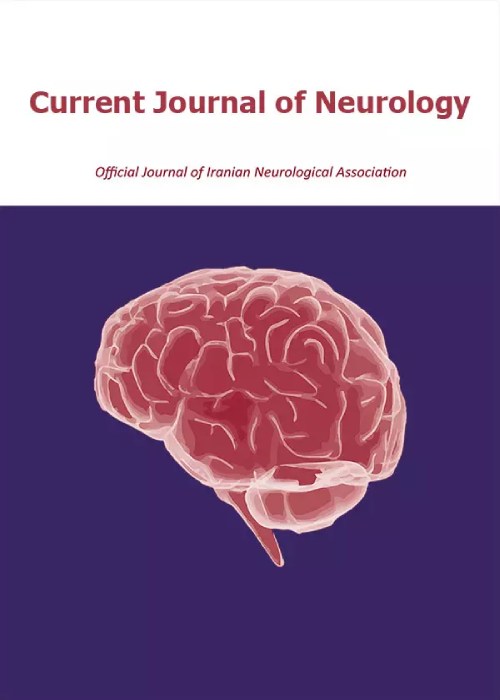On genotype-phenotype relationship of dystrophinopathies among Iranian population
Author(s):
Article Type:
Research/Original Article (دارای رتبه معتبر)
Abstract:
Background
Duchenne muscular dystrophy (DMD) and Becker muscular dystrophy (BMD) are inherited X-linked disorders resulting from alterations in the dystrophin gene. Genotype-phenotype matching studies have revealed a link between disease severity, the amount of muscle dystrophin, and the extent of mutation/deletion on the dystrophin gene. This study aimed to assess the relationship between genetic alterations in the dystrophin gene and the clinical status of patients with dystrophinopathies among the Iranian population.Methods
This cross-sectional study examined 54 patients with muscle weakness caused by abnormalities in the dystrophin gene at a hospital affiliated to Isfahan University of Medical Sciences, Isfahan, Iran, in 2021. The participants’ demographic information, including age, family history of muscle dystrophies, and family history of other medical diseases as well as the type of muscular dystrophy were recorded. Furthermore, the number and region of deleted exons based on dystrophy types were also evaluated using multiplex ligation-dependent probe amplification (MLPA). The patients’ gaits were also assessed as using a wheelchair, the presence of waddling gaits, or toe gaits. The patients’ clinical status and the coexistence of pulmonary, bulbar, and mental conditions were also examined and compared between the two groups of dystrophinopathies.Results
In this study, 54 patients with dystrophinopathy with the mean age of 16.63 ± 12.10 years were evaluated, of whom 22 (40.7%) and 30 (55.6%) patients were classified as BMD and DMD, respectively. The most affected regions with deleted exons were exons 45-47 (n = 5) and 45-48 (n = 4) in patients with BMD, while exons 45, 48-52, 51-55, and 53 (2 cases per exon) were the most common affected exons in patients with DMD. Further analyses revealed that deletions in exons 45-47 and 51-55 were significantly associated with older and younger ages at the onset of becoming wheelchair-bound in patients with dystrophy, respectively. The hotspot range in both BMD and DMD was within exons 45-55 (n = 15 for each group); 63% of the patients had alterations on the dystrophin gene within this range [30 patients (68.18%) in the BMD group, 15 patients (53.57%) in the DMD group].Conclusion
Exon deletion was the most common genetic alteration in patients with dystrophinopathies. No significant difference was observed between DMD and BMD regarding the number of deleted exons. Deletions in exons 45-47 and 51-55 were linked to later and earlier onset of becoming wheelchair-bound, respectively.Keywords:
Language:
English
Published:
Current Journal of Neurology, Volume:22 Issue: 4, Autumn 2023
Pages:
231 to 237
magiran.com/p2689320
دانلود و مطالعه متن این مقاله با یکی از روشهای زیر امکان پذیر است:
اشتراک شخصی
با عضویت و پرداخت آنلاین حق اشتراک یکساله به مبلغ 1,390,000ريال میتوانید 70 عنوان مطلب دانلود کنید!
اشتراک سازمانی
به کتابخانه دانشگاه یا محل کار خود پیشنهاد کنید تا اشتراک سازمانی این پایگاه را برای دسترسی نامحدود همه کاربران به متن مطالب تهیه نمایند!
توجه!
- حق عضویت دریافتی صرف حمایت از نشریات عضو و نگهداری، تکمیل و توسعه مگیران میشود.
- پرداخت حق اشتراک و دانلود مقالات اجازه بازنشر آن در سایر رسانههای چاپی و دیجیتال را به کاربر نمیدهد.
In order to view content subscription is required
Personal subscription
Subscribe magiran.com for 70 € euros via PayPal and download 70 articles during a year.
Organization subscription
Please contact us to subscribe your university or library for unlimited access!


